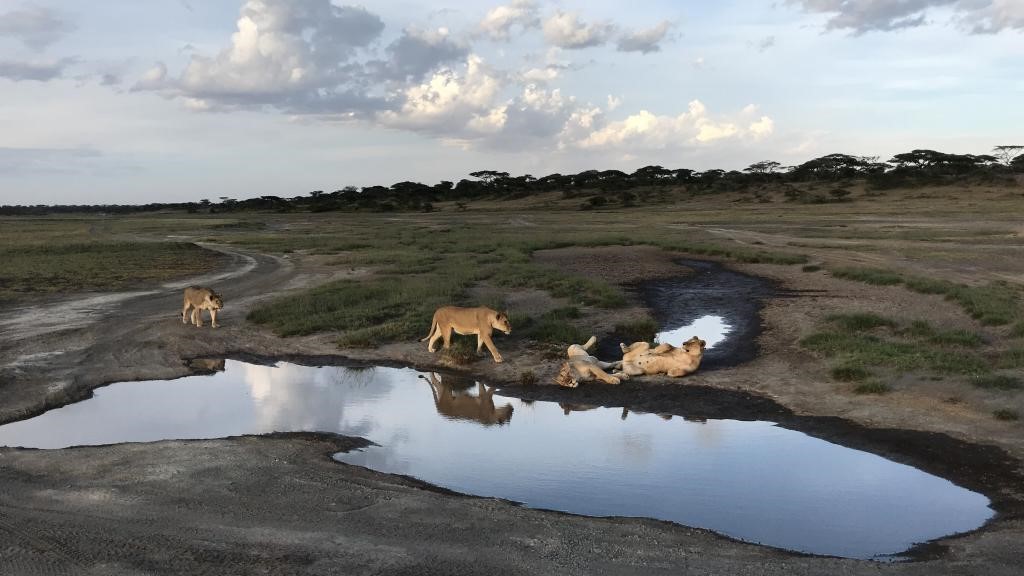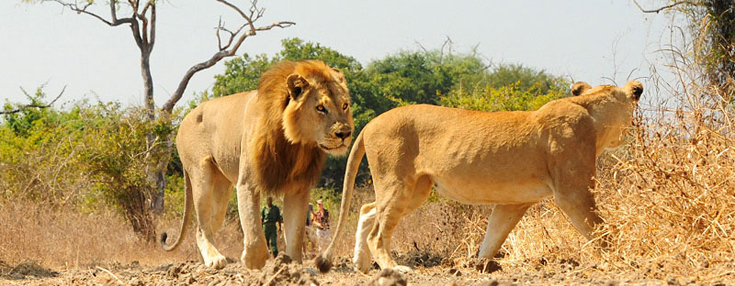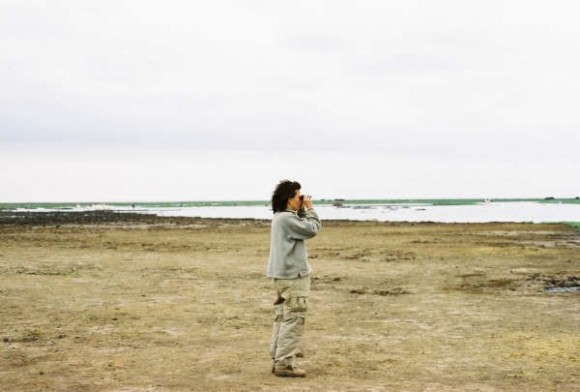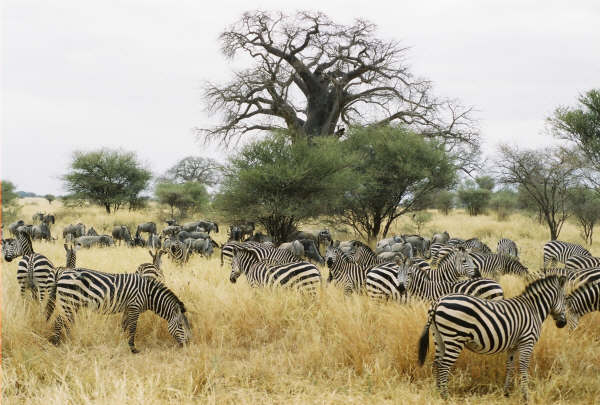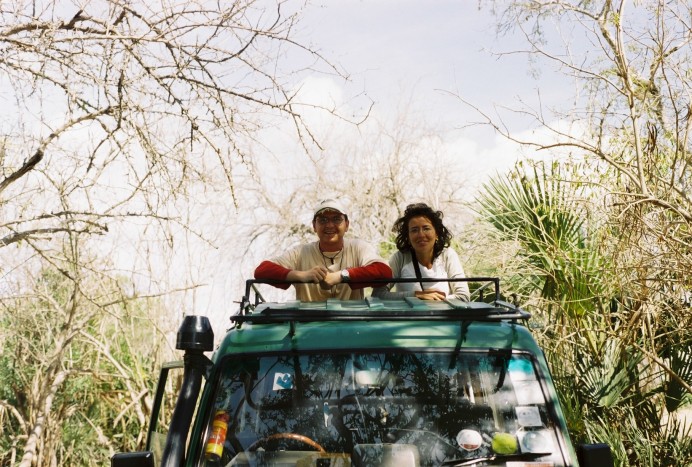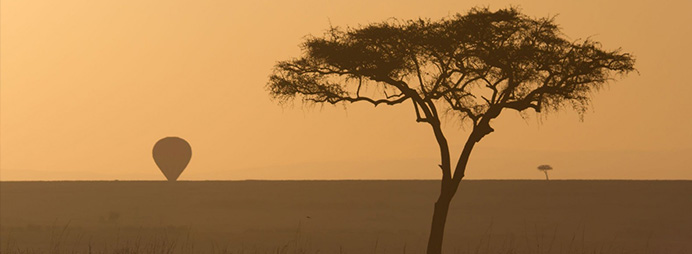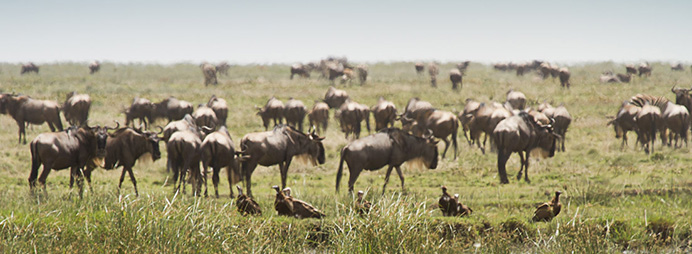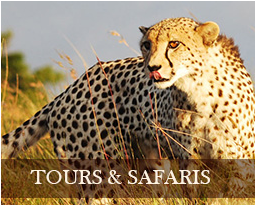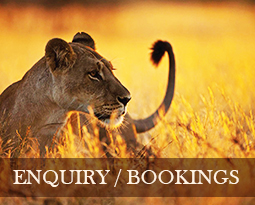Udzungwa Mountains
Udzungwa National Park is a high forest area and a place for walking. It is one of thirty-four “World Biodiversity Hotspot” and one of 200 WWF Ecoregion of global critical importance. The Udzungwa forest is part of the so called Eastern Arc, which is a series of mountains ranging from the Southern Highlands through the Uluguru and Usambara mountains northwards to Pare.
Major attractions
Culturally, its only park in Tanzania with important natural cave and has survived destruction before gazettement due to traditional taboos and beliefs.
Home of many indigenous species of plants, mammals, reptiles, amphibians, birds, butterfly, and insects of which some of species are found nowhere else in the world.
Mountains ideal for hiking
Ruaha National Park
Located in the middle of Tanzania about 130 km from Iringa, Ruaha National Park is the second largest park in Tanzania, covering an area of more than 13,000 square kilometer. The main vegetation types in Ruaha National Park are Miombo woodland, acacia grassland and baobab trees which attracts diverse number of animals species.
Major attractions
Large population of elephants, giraffe, impala and buffalo.
The Great Ruaha River that borders the park in the east, provides habitation for hippopotamus and crocodiles.
Interestingly, the abundance of lion, leopard and hunting dog can be observed.
True destination for birdwatchers, over 436 species have been identified
Mikumi National Park
The Mikumi is bordered to the south with the Selous Game Reserve, the two areas forming a unique ecosystem. The vegetation of this area consists of savannah dotted with acacia, baobab, tamarinds, and some rare palm. Mikumi was named as National Park in 1967 and currently has an approximate size of 3,230 square kilometers.
Major Attractions
Unique wildlife experience
Large number of herbivores (buffaloes, giraffes, elephants and Zebra)
Rich variety bird species and more than 400 bird species indentified
The big Crocodils, lions and Leopards
Katavi National Park
With an area of 4471 km², Katavi is Tanzania’s third largest park and one of its most unspoiled wilderness areas.
Major attractions
Well know park for high habitat and species diversity with high concentrations of large mammals.
It’s a refuge is endanger species such as wild dog and cheetahs
Mahale National Park is located in Western park of Tanzania, bordering Lake Tanganyika. elephThe forested slopes of the Mahale Mountains rise behind camp, home to the world’s largest known population of chimpanzees, with approximately 800 individuals inhabiting the national park. Tracking the chimps of Mahale is a magical experience.
Major attractions
Largest known population of chimpanzees
Amazing troops of red colobus, red-tailed and blue monkeys
For ornithologist, perfect place to see kaleidoscopic array of colorful forest birds.
Home of an endemic race of Angola colobus monkey
Gombe Stream (Strictly Nature Reserve)
With lush forest and a fascinating diversity of animals, Gombe stream National Park is home to one of the most beautiful and stunning natural forests in Tanzania. The Chimpanzee commonly shortened as Chimp is one of the primates found in Tanzania. Chimpanzees are known to be the closest specie of apes to humans, sharing 98% of the genes that we also have. Efforts to conserve the chimps are widely acknowledged and supported. The Jane Goodall Foundation plays a big role in the conservation of the Chimpanzees and Gorillas in Uganda.
Major attractions
Chimp trekking
Troop of olive baboons, red-tailed and red Colobus Monkeys which are stick to the forest canopy due to regularly hunted by Chimps More than 200 birds species
Selous Game Reserves
Another category of protected area “Game Reserve” (Selous) is one of the largest fauna reserves of the world, with the areas over 21,000 miles² (55,000 km²) which almost four times the size of the Serengeti. It’s considered important enough to be World Heritage Site, in which the lucky few can experience a safari in absolutely wild and unspoiled bush. The reserves were named after Englishman Sir Frederick Selous, a famous big game hunter and early conservationist, whose adventure books on Africa became best sellers in Victorian England.
Major attractions
Is acknowledged as a World Heritage Site
Large migrations of elephants
Boat game fishing
Largest reservation in the world
The reserve has one third of all hunting dog in the world
